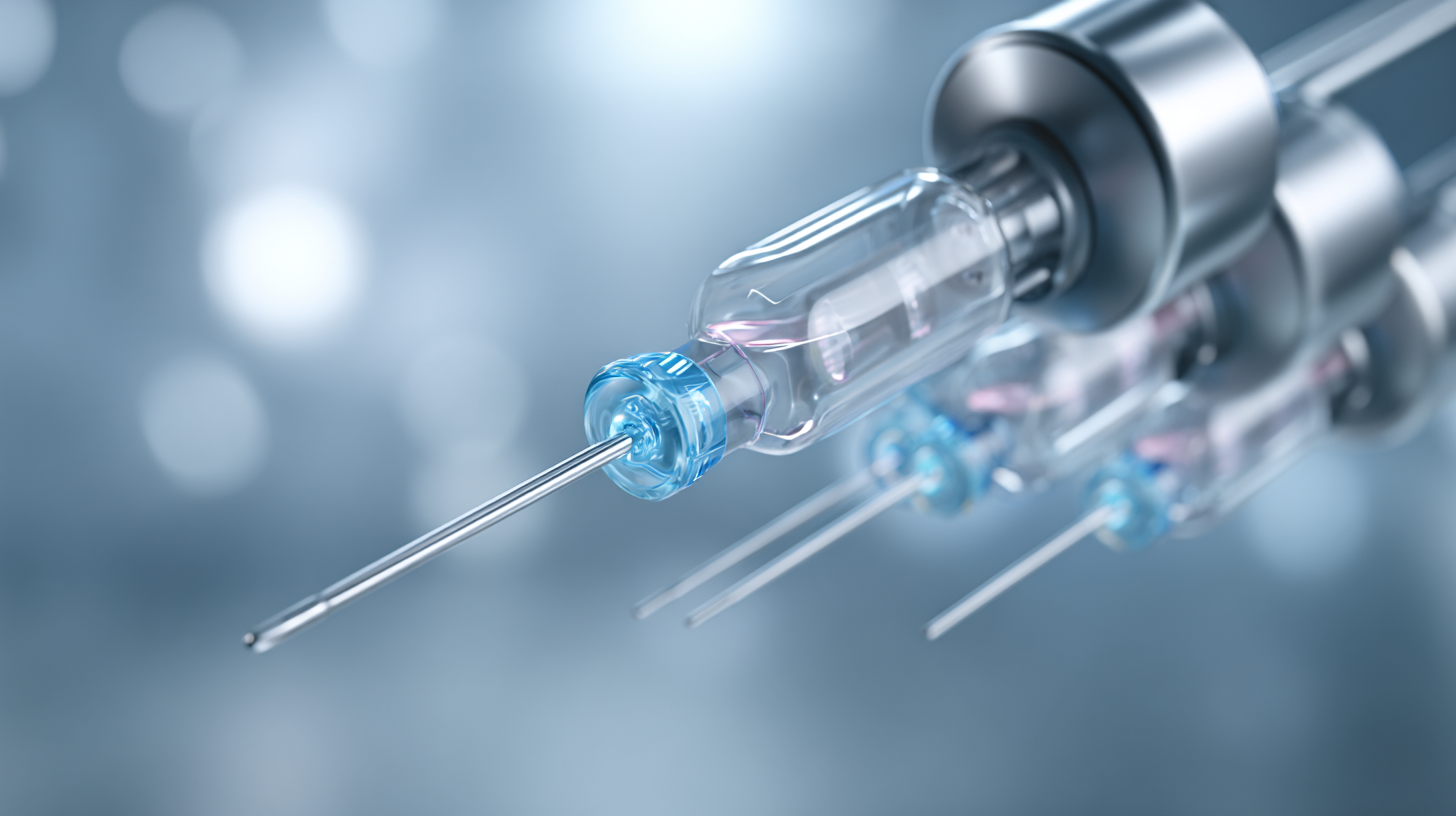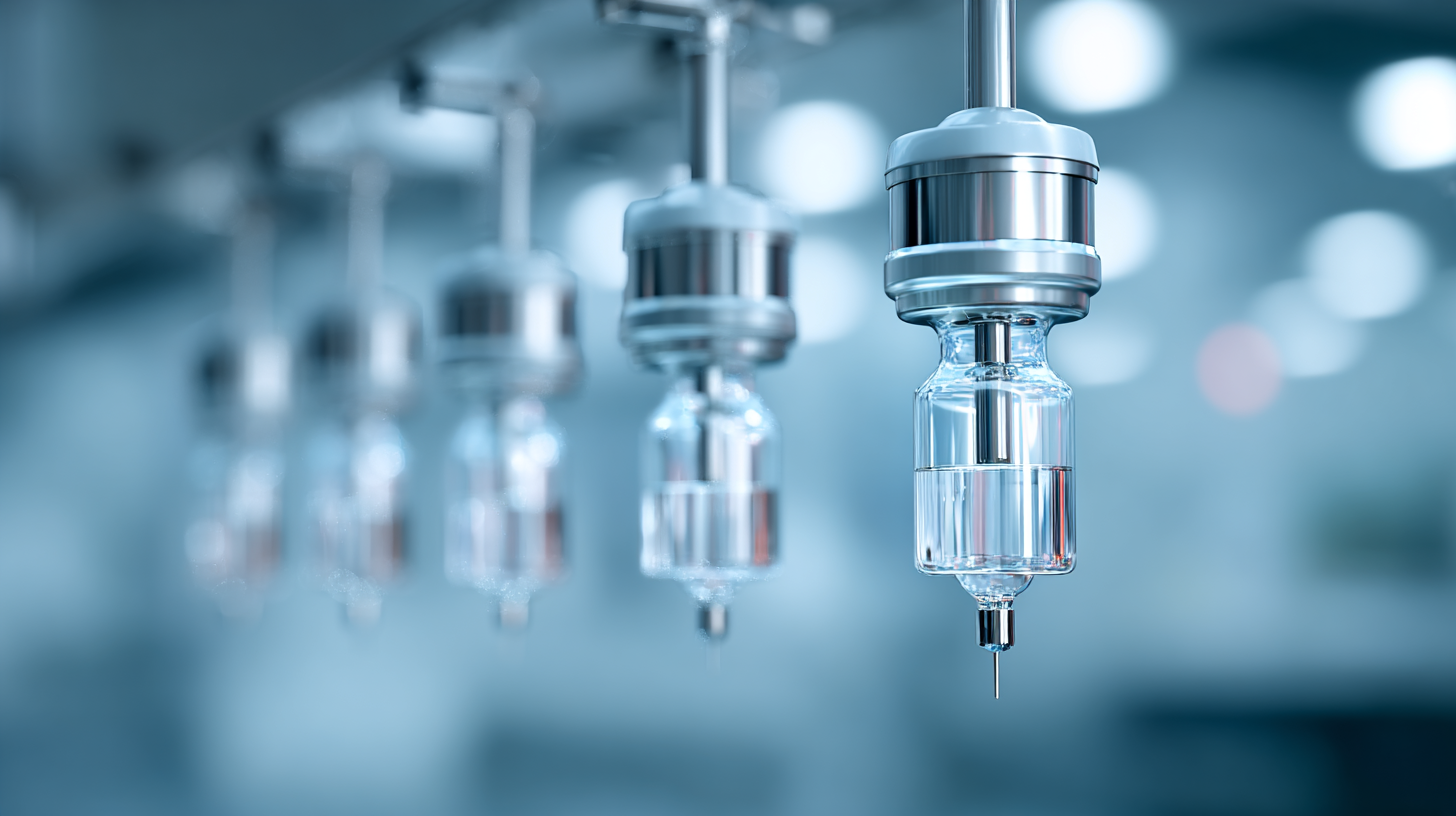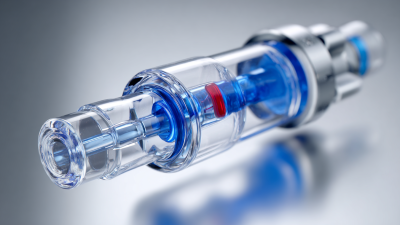Understanding the Importance of Catheter Fixation Devices in Modern Healthcare
In modern healthcare, the use of catheter fixation devices has become an essential practice for ensuring patient safety and comfort during various medical procedures. Catheter fixation devices play a crucial role in securing intravenous (IV) catheters, reducing the risk of dislodgment, infiltration, and infection, which are common complications in catheter-based therapies. With the increasing frequency of catheterization in clinical settings, the importance of utilizing effective catheter fixation devices cannot be overstated.

These devices not only enhance the stability of catheter placements but also contribute to improved patient outcomes by minimizing pain and discomfort associated with repeated insertions or accidental removals. As healthcare professionals continue to strive for excellence in patient care, understanding the significance of catheter fixation devices is imperative to optimize treatment protocols and promote the overall quality of healthcare services.
The Role of Catheter Fixation Devices in Enhancing Patient Safety
Catheter fixation devices play a pivotal role in enhancing patient safety within modern healthcare settings. According to the Infusion Nurses Society, inadequately secured catheters can lead to complications such as phlebitis and dislodgment, which affect nearly 30% of patients with peripheral intravenous catheters. Such complications not only increase the risk of infection but also prolong hospital stays and elevate healthcare costs. By implementing effective catheter fixation devices, hospitals can significantly reduce these risks, ensuring that catheters remain securely in place during treatment.
Moreover, a study by the Institute for Healthcare Improvement indicated that the adoption of advanced catheter fixation devices results in a 50% reduction in catheter-related complications. These devices enhance stability and provide better protection against accidental dislodgment, ultimately improving patient outcomes and reinforcing the importance of adherence to safety protocols. As healthcare continues to prioritize patient-centered care, the integration of innovative catheter fixation technologies will be vital in fostering a safer and more efficient healthcare environment.
Advancements in Catheter Fixation Technology for Improved Healthcare Outcomes
Advancements in catheter fixation technology have significantly enhanced healthcare outcomes in recent years. Traditional methods of securing catheters often led to complications such as dislodgement, infection, and discomfort for patients. However, innovative fixation devices now utilize advanced materials and designs that prioritize patient safety and comfort. These devices ensure a secure placement of catheters, minimizing movement and reducing the risk of complications that can arise from improper fixation.
Moreover, the integration of smart technology in catheter fixation devices has further transformed patient care. Some modern devices are equipped with sensors that monitor catheter position and alert healthcare providers if any issues arise. This proactive approach not only boosts the effectiveness of catheter placement but also fosters quicker responses to potential complications, ultimately improving patient outcomes. With ongoing research and development, the future of catheter fixation technology promises even greater advancements, making it an essential component of modern healthcare practices.
Understanding the Importance of Catheter Fixation Devices in Modern Healthcare
This chart illustrates the increasing adoption rate of catheter fixation devices in modern healthcare over the years. As technology advances, healthcare providers are increasingly utilizing these devices to enhance patient safety and improve healthcare outcomes.
Key Benefits of Effective Catheter Stabilization in Clinical Settings
Catheter fixation devices play a critical role in modern healthcare by ensuring the stability and effectiveness of catheter placements in clinical settings. Effective catheter stabilization reduces the risk of dislodgement, minimizes discomfort for patients, and enhances overall treatment efficiency. By keeping catheters securely in place, these devices help prevent complications such as infection, phlebitis, and vascular damage, ultimately leading to better patient outcomes.
When utilizing catheter fixation devices, healthcare professionals should consider a couple of essential tips:
- 1. Ensure the catheter site is clean and dry before applying the fixation device to prevent any infection risks.
- 2. Regularly assess the site for any signs of irritation or inflammation, which can indicate that the device needs repositioning or replacement.
Another important aspect of catheter stabilization is patient education. Informing patients about how to care for their catheter access site can empower them to take an active role in their health. Encourage patients to report any discomfort or unusual symptoms immediately, fostering a collaborative approach to their healthcare and ensuring the best possible outcomes.

Evaluating Catheter Fixation Methods: Best Practices and Innovations
Catheter fixation devices are essential in modern healthcare, particularly due to the increasing attention on patient safety and comfort. With the rise of innovative fixation methods, healthcare providers are now focusing on establishing best practices that minimize the risk of catheter-related complications. Recent advancements have introduced various materials and designs that not only enhance the security of catheter placement but also reduce patient discomfort. These innovations can lead to improved outcomes and a better overall patient experience.
**Tips:** When considering catheter fixation methods, prioritize devices that offer ease of use and flexibility. Ensure that the fixation device allows for movement while maintaining stability to prevent displacement. Additionally, regular training for healthcare staff on the latest fixation techniques is crucial for maximizing patient safety.
Another notable advancement is the focus on sustainable materials in the production of catheter fixation devices. As healthcare increasingly seeks to reduce its environmental impact, innovations using biodegradable or recycled materials are becoming more common. This approach not only addresses environmental concerns but also aligns with the broader goals of healthcare sustainability. Effective catheter fixation not only plays a critical role in individual health outcomes but also contributes to responsible healthcare practices.
Understanding the Importance of Catheter Fixation Devices in Modern Healthcare
| Fixation Method | Material Used | Application Area | Patient Comfort Rating | Infection Rate (%) |
|---|---|---|---|---|
| Adhesive Anchors | Medical-grade adhesive | Peripheral IV Lines | 8/10 | 0.5 |
| Securement Strips | Polyester | Central Venous Catheters | 7/10 | 1.2 |
| Elastic Bandages | Cotton and Spandex | Arterial Lines | 6/10 | 0.8 |
| Catheter Securement Devices | Silicone | Peritoneal Dialysis | 9/10 | 0.3 |
Understanding Regulatory Standards for Catheter Fixation Devices in Health Systems
Regulatory standards for catheter fixation devices play a pivotal role in enhancing patient safety and ensuring effective clinical practices within health systems. These standards are established by regulatory bodies such as the FDA in the United States and similar organizations globally, which set forth guidelines to evaluate the safety and efficacy of these devices. Compliance with these regulations ensures that catheter fixation devices are designed and manufactured to minimize risks, such as infection and dislodgement, which can lead to significant complications for patients.
In addition to initial approval processes, ongoing monitoring and post-market surveillance are critical components of the regulatory framework. Health systems are encouraged to adopt quality assurance protocols that align with current regulations, thereby fostering an environment where device performance is continuously assessed. Training for healthcare professionals on the latest standards can further enhance the use of these devices, ensuring that they adhere to best practices. Thus, understanding and implementing these regulatory standards is essential for the successful integration of catheter fixation devices in modern healthcare, ultimately leading to improved patient outcomes.


